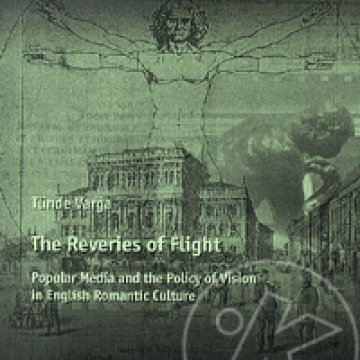The Reveries of Flight ár és hasonló termékek
 LÍRA KÖNYV ZRT. Bánk bán - eredeti szöveg Nádasdy Ádám prózai fordításával
1 399 Ft
Media Markt
A bolthoz Info
LÍRA KÖNYV ZRT. Bánk bán - eredeti szöveg Nádasdy Ádám prózai fordításával
1 399 Ft
Media Markt
A bolthoz Info
The Reveries of Flight jellemzők
The book takes a cross-disciplinary approach in order to survey the roots of our present day visual and media culture. The author claims that the controversial theoretical framework attached to vision manifest in the binarism of Crary's idea of the disintegrating power which results from the body's insertion into sight and Oettermann's or Haraway's idea about the disembodied scientific observing position. The author relates these theories to the aesthetic and poetic concerns of 18th- and 19th-century theoreticians and poets in order to revaluate the received answers which are attached to the concept of social eminence based artistic values. The book closes off with the analysis of the London chapter of The Prelude to illuminate how the work's claimed cultural superiority is undermined by the influence of visual stimuli.


























